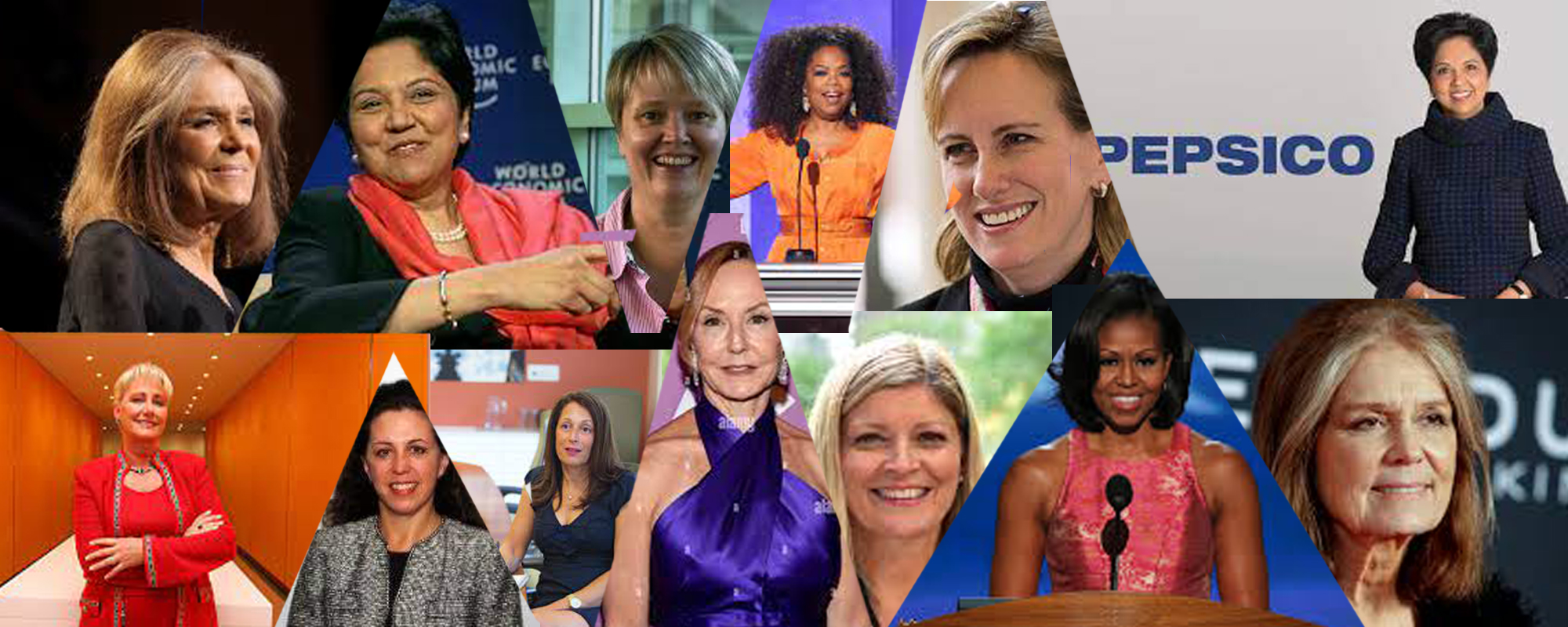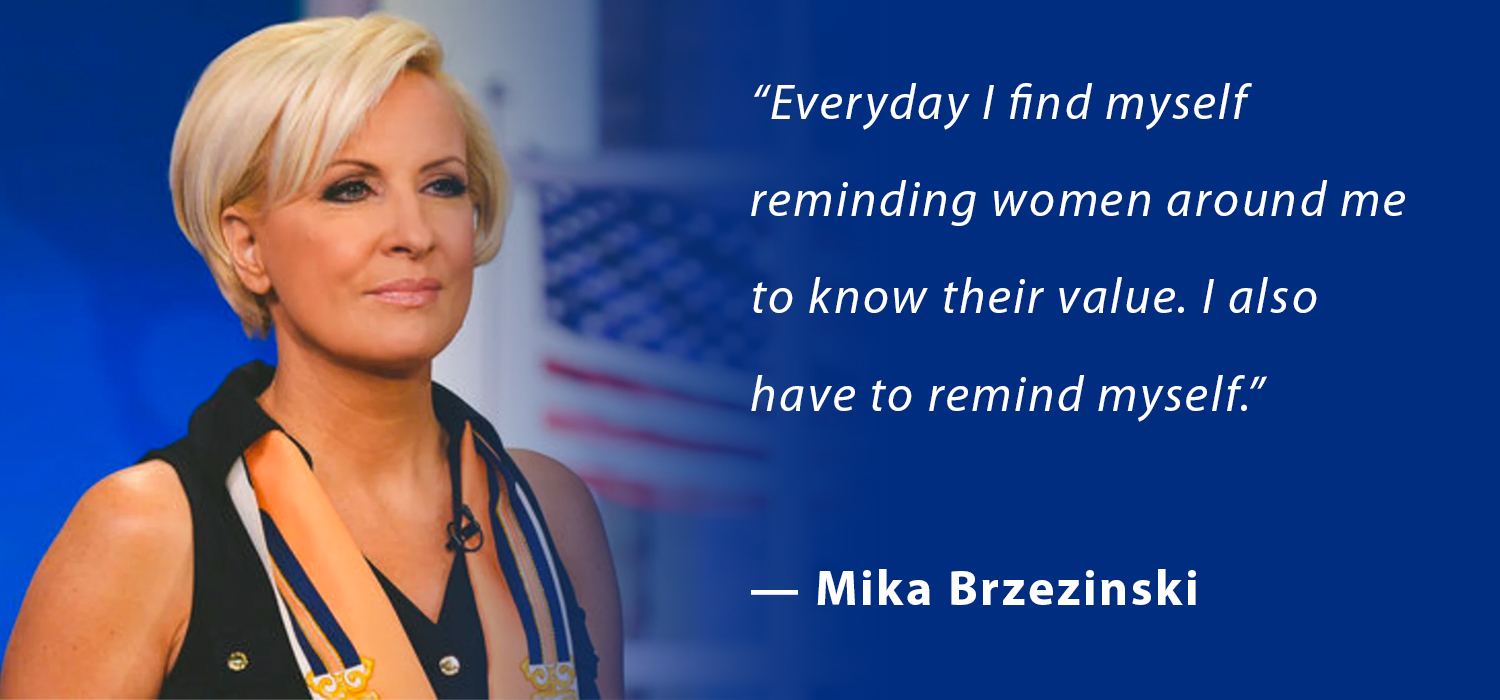25 May Breaking Barriers: Strategies for Women Insurgents to Lead Change

Over the years, I’ve been honored to work with and learn from some of history’s greatest women leaders. And one thing they’ve taught me is the power of fighting as an insurgent, an underdog, and a leader of change.
Just before Covid-19, our client Slalom, LLC gathered 200 current and future women leaders in Philadelphia—a city that helped invent American leadership. And listening to and helping lead the workshops on “Building Your Own Leadership Brand,” it became clear our battle-tested insurgent framework is highly relevant for women who are—or will be—leading.
Today, insurgents drive change because change means opportunity and disrupting the status quo. In this, too often, women are overlooked or past over as the “underdog”—and my belief is they need to turn this upside down and to their advantage, flip the parameters . . . and move to the offense, control the dialogue, and define their own future.
Back in the 1980s, Apple founder Steve Jobs first asked our company to develop a political model of corporate strategy for his competition with IBM and Microsoft. Jobs thought our experience of forty or so governors’ and senators’ races in the US and a dozen or so global presidential campaigns had helped us develop sharper elbows than his management consultants. And the insurgent political model we created for Apple worked then, works today, and has proven to be an especially powerful tool for women leaders.

Co-author Scott Miller and I have worked with some famous women leaders: Corazon Aquino, President of the Philippines, Indra Nooyi, CEO of PepsiCo, Michelle Obama, First Lady and leader of the “Let’s Move!” campaign, Kerri Anderson, CEO of Wendy’s, Anne Tasker, CMO of The Coca-Cola Company, Siobhan MacDermott, Vice Chair of Bank of America’s Corporate and Investment Bank, to name a few. All these people are insurgent leaders. All are change leaders. And all were and are nearly always playing offense.
In Mika Brzezinski’s excellent books, and in her “Know Your Value” work, case study after case study argues women must play more strategic offense to succeed, to win, to rise, and to lead and lead greatly.

Today, it is often not enough for a women leader to be a strong operator or manager—instead, she must be an insurgent who never settles for anything less than the win. In 1976, Margaret Thatcher was dubbed the “Iron Lady” in a newspaper operated by the Soviet Ministry of Defense. Though this title was meant to be less than complimentary, Thatcher embraced it within the week—and it became her conviction and legacy as detailed in 100-year-old Henry Kissinger’s new and excellent book on leadership.
THINK: “CAMPAIGN”:
Today, it is generally accepted the people who lead us must be great communicators and run a “permanent campaign.” The modern politician can never stop running—though it may be her ideas and policies for which she needs to constantly earn support. And today, the same is true for women business leaders. These leaders must borrow the strategies and tactics of successful and great change leaders:
- First, Great Change Leaders Engage. Today, according to Gallup research, only 36% of corporate employees are actively engaged in their work; and the team leader alone accounts for 70% of the variance in engagement. For example, look at President Obama’s historic 2012 campaign and its record-breaking engagement, boasting 2.2 million volunteers across America. Ultimately, in fact, engaged teams are happier, more productive, enjoy higher rates of retention, generate more profit, and are more likely to win.
- Second, Great Change Leaders Are Trusted. According to Gallup, only 23% of US employees strongly agree that they trust their organization’s leadership. And, on the positive side, when employees agree strongly that they trust their leaders, a relatively high 1 in 2 are engaged. But, on the negative side, when employees disagree, only 1 in 12 are engaged. Moreover, trust impacts external performance, too. 80% of consumers say they want to buy from companies they trust. And 63% say they won’t buy from a company they don’t respect. So, inside and out, trust is everything.
- Third, Great Change Leaders Gain Consensus. Today, a healthy corporate culture requires really strong glue. Our client, Disney CEO Bob Iger, has found employees who work inside an environment with a healthy culture believe three things: “I’m part of something great”; “I can make a difference”; and “Somebody will recognize the difference I make.” So today, great change leaders and companies must have an authentic and compelling narrative that explains in human-sized language what they do, and how and why they do it. And the relevance and differentiation of this narrative is often what separates failure from success.
BEGIN WITH KEY DEFINITIONS:
Women and other insurgent leaders must develop a set of key definitions for an “Executive as Candidate” campaign:
Define the Win: Success is your destination. And strategy is the map that will take you there. So, what will be the metrics of success over the next two to three years? How will key stakeholders think, feel, and talk about you and your organization because of this success? And importantly, how will your organization contribute to the “greater good”—and do something far bigger and more important than its physical products and services. Back to Bob Iger: Who was and is constantly transferring ownership of “winning” to ensure employees feel they are a part of something great.
Define Yourself: Today, the people you want to lead need to know what you are all about. Unfortunately, their own experience from years of watching government and politics has taught them not to believe what leaders say they will do. As a result, the people you are leading are increasingly less interested in what you will decide—as opposed to how you will decide. So, great CEOs and change leaders today need to communicate the experiences, convictions, and values that will shape every decision they will make.
Define the Stakes in the “Election”: Today, people don’t care about a business leader’s option package or bonus—that is, unless the company is failing. Instead, what they want to know is how you the change leader define the “win-win-win” for your customers, for your employees, and then, for yourself. And importantly, this means showing them that you have the same skin in the game as they do.
Define the Enemy: What stands between you and your own self-defined destination of success? What are your team’s own key weaknesses that will stand in the way of the win? Importantly, in most of the companies with which we’ve worked, the “enemy” is almost always “us”; it’s an internal inability to break old patterns of behavior or to rethink a future vision. And so, it is increasingly important today to define an enemy—and to define what you are not and what you will not be.
Define the Future: Where are you leading your team, your organization, and its stakeholders? What is the future vision you represent? Change-leader companies are vision-driven, not heritage-driven. They look forward, not backward. And, before they buckle-up for a trip, they know the destination and direction they are going. They have a roadmap. And they know the city toward which they are heading.

PLAY OFFENSE:
In politics and business today, insurgents and change leaders hold the cards. Size, scope, and heritage are far less important today than mobility, speed, and vision. And developing a “permanent campaign” to get to the “win” means developing an insurgent campaign that constantly is searching for ways to play more offense. At bottom, learning to think, plan, and act like an insurgent or an underdog will create the greatest energy and focus—not to mention the greatest success.
This is our mission: We help shape these campaigns around key insurgent principles, proven over the centuries in revolutionary victories in political campaigns, business competitions, military conflicts, and sports contests:
- Do the Doable: Never set unattainable or even “stretch” goals—because failing to reach these goals energizes your opponents and deflates your followers. Do what it takes to get a series of very small victories and create momentum—because momentum is truly magical.
- Move the Movable: Realism and scarce resources force insurgents and change leaders to focus efforts on precisely where they can have the greatest success. Most importantly, start by activating your “Hard Support” loyalists and winning over the “Soft Support,” who are waiting for more mobilization and motivation. And these two groups will drive the kind of momentum, behavior, and buzz that motivates the “Undecided.” For sure, monitor the “Hard Opposition” . . . but prioritize short-term wins to gain the magic of momentum and move your “Soft Support” to “Hard Support.” This, above all, will move your continuum of support to greater and greater loyalty and investment in your change leadership success.
- Build Your Strength “Inside-Out”: Revolutions begin among a small group of believers. This is done by transferring ownership of your strategies and goals from the “inside-out”: First, energizing your own engaged employees and your loyalists, and then moving toward less committed groups. This is based on the strategies established in “Move the Movable”—focusing precisely on the votes that can be moved to your cause or campaign.
- Remember, Everything Communicates: In successful campaigns, everything matters—every move, interaction, and communication. What you say off-camera is just as important as what you do on-camera; details make the difference, so, you must shape all details around a compelling core strategy.
- Never Play Defense: Reactive and defensive actions and communications sap the energy of your own team and seldom succeed against the opposition. So, plan to “retaliate first”—be positive, but proactive, and always, always, always moving forward.

SUMMARY:
Our principles of “Executive as Candidate” are the reality for the kind of strategic focus required of today’s women leaders. Like it or not, you and all you stand for are running for election. And borrowing these strategic principles and building a change leadership plan—developed, personalized, and executed in daily detail—is how women leaders can rise, lead, and win.
The best advice for women executives: Forget the traditional corporate cliché of “act like a leader.” Instead, continue acting like the hungry, scrappy candidate that fought your way up to leadership success in the first place.
David Morey
202-223-7945
Dmorey@DMGHQ.com

Sorry, the comment form is closed at this time.